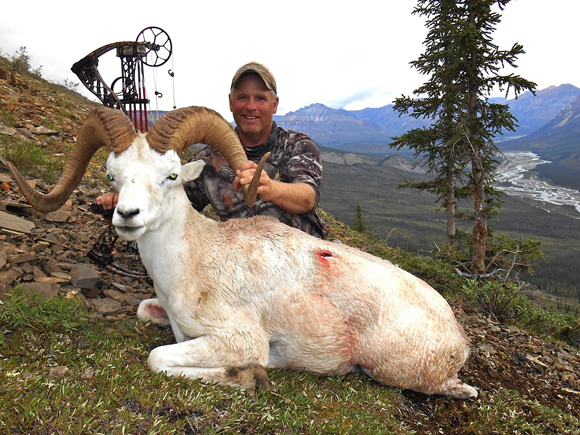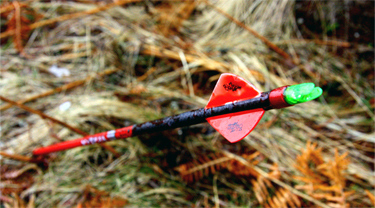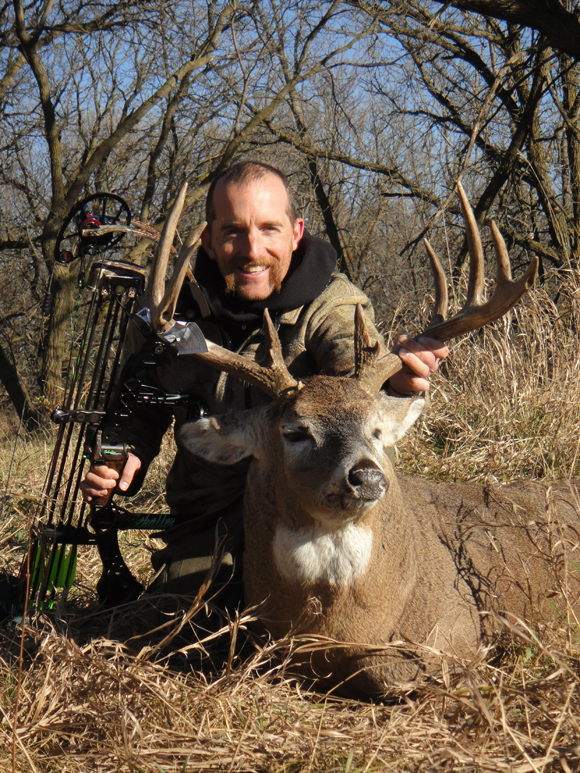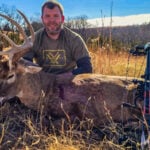LAST UPDATED: May 1st, 2015
Buck fever can make a normally calm and collected man that can routinely hit his mark with a bow and arrow do crazy things. One of the crazy things it can make a man do is take a shot that he shouldn’t take and wouldn’t take if he had a clear head. There are plenty of shots we shouldn’t take but sometimes do. For example, shooting through brush or shooting when there is hardly enough shooting light to see your hand in front of your face; not to mention your sight pin. These types of shots aren’t the only bad shots we take. We often let an arrow loose when deer are angled or facing a certain direction that leads to trouble. Many of us take shots we shouldn’t because we believe we are shooting a super-fast bow and a large mechanical head so one way or another the deer is going to die right? Not really. Many deer go unrecovered even when shot with today’s high speed bows that are launching arrows with broadheads the size of small swords.
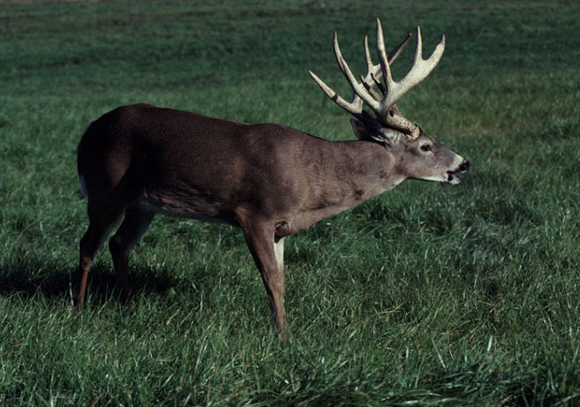
When facing a shot at a living, breathing animal some bowhunters simply fall apart and make crucial mistakes that lead to a complete miss, or even worse, wounding the animal.
The Right Angle
Even with today’s high tech gadgets, shot placement is still extremely critical. Joel Maxfield from Mathews Archery kills his fair share of critters and does it with a camera looking over his shoulder. He thinks the number one shot to avoid (that many bowhunters take) is when a deer or other animal is quartering to you. “Bowhunters take this shot all the time and although many deer have fallen to this shot angle, it is a very risky shot. I just got back from a Dall sheep hunt and I could have shot my sheep a day earlier if I would have taken a risky quartering shot, but I wouldn’t take the shot. Bowhunters should ask themselves what they are aiming at when taking the shot. What are they hoping to hit? There is so much horizontal and vertical bone in the way when a person takes this shot. The best outcome really is to hit one lung and when you hit one lung, you often lose the deer or other big game animal,” Maxfield explained.
When faced with a questionable shot, Mathews’ Joel Maxfield chooses to wait; even if that means losing the opportunity all together.
Another shot that should be avoided is the “straight on” shot. We all know we should avoid this shot but for some reason when a buck is five or ten yards away, many of us grit our teeth and let the arrow fly. “This shot is really a risky one,” Maxfield said. “A person might hit the heart if they are lucky or an artery and maybe a lung but they will never get both lungs so they are faced with a long blood trail and might not recover the animal.” The Texas heart shot is another shot some folks take but this is also a shot that should be avoided. “With a rifle in your hand, a Texas heart shot up the hind end can kill a deer. With a bow, getting both lungs is extremely difficult. A bow is not a rifle.”
At all costs, bowhunters should avoid trying to hit just one lung on any big-game animal because animals hit in one lung are rarely recovered.
Many bowhunters will purposely spine a deer. How many times have you had a buck walk under your stand? They are a mere few yards away so you take the straight down shot thinking the deer will drop in its tracks. “There are times that a deer shot in the spine with an arrow drops in its tracks but there are times the deer gets hit and runs off never to be seen again,” Maxfield said. “I think many people believe a spine shot is a sure thing but it isn’t. When shooting straight down, some people try to shoot one lung. Again, a one-lung hit should never be the goal; big game animals are simply too tough. Many will never be found with a one lung hit.”
The Aiming Spot
When interviewing Joel, he kept saying that hunters should always ask themselves, ‘What am I shooting at?’ The response should always be two lungs. “I love a quartering away shot. I get lungs, liver and diaphragm. A shot like that often results in a deer dying quickly,” Maxfield added.
Effective practicing distances do not always equal effective hunting distances. In fact, effective shooting distance from the stand is usually half the distance of that on the practice range.
John Schaffer from Schaffer Performance Archery in Minnesota is an expert archer and often shoots at extreme ranges beyond 100 yards when practicing in his back yard. In the woods it is a different story. “Bowhunters should avoid taking shots that are outside their lethal shooting range,” Schaffer explained. “Many bowhunters extend their lethal range when they see a big buck standing at fifty or sixty yards but if they can only keep a tight group of arrows out to twenty-five yards, they shouldn’t take a forty or fifty-yard shot. My rule of thumb is I try to be accurate at twice the distance I would shoot in the woods. If I am accurate at 50 yards, I feel comfortable taking an animal at 25 yards. Our effective range in the woods is usually going to be less than it is when we are shooting at a target in the yard because we are excited and there are other things out of our control that can cause our shot to be off in the woods.”
Waiting for the right shot angle will pay off with a quick, humane death to the animal standing down-range; they deserve nothing less.
Also keep in mind that the greater distance of a shot that is taken the less kinetic energy the bow is producing. While testing bows with a Velocitip System it was determined that a bow shooting about 65 pounds with a 380 grain arrow produces over 70 pounds of kinetic energy at launch. At 60 yards the same rig is only producing 58 pounds of kinetic energy. Taking a shot through thick brush or when a tree branch is in the way is asking for trouble. “We have all taken shots that cause us to thread the needle, so to speak, and shoot by leaning out or in a certain direction to avoid a branch but an arrow is not a bullet so shooting through brush should be avoided regardless if the buck is a Booner or a spike horn,” Schaffer said.
We all make mistakes in the woods. We have all taken shots we should avoid. However, always strive to take shots that you know will quickly bring an animal down. We owe each animal we take that much. Buck, doe or turkey; it doesn’t matter. With that said, go out this fall and put a hole in both lungs!
About The Author: Tracy Breen is a full time outdoor writer, speaker and marketing consultant in the outdoor industry. He works with a variety of companies including Mathews, Mission and Carbon Express. Learn more about him by visiting www.tracybreen.com.

 By
By 